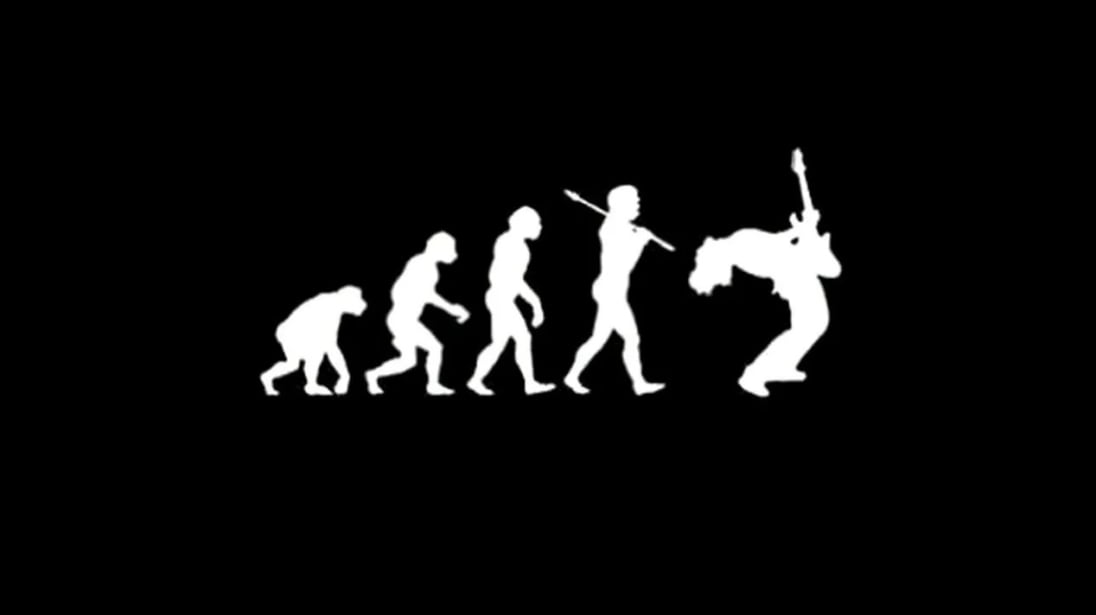
The Evolution of Indie Rock: From Basements to Festivals
Indie rock wasn’t born in stadiums—it started in cramped basements, DIY venues, and small record stores. In the late ’70s and early ’80s, bands disillusioned with mainstream commercialization began forging their own paths, releasing music independently. Labels like SST and Creation Records became hubs for raw, unfiltered sound.
The ’90s saw indie rock explode into college radio, with bands like Pavement and Neutral Milk Hotel gaining cult followings. The lo-fi aesthetic wasn’t just a choice—it was a rebellion against overproduced pop. Yet, as the internet emerged, indie rock’s reach expanded beyond underground scenes.
By the 2000s, festivals like Coachella and Glastonbury started booking indie acts alongside mainstream headliners. Bands like The Strokes and Arcade Fire proved that independent music could achieve critical and commercial success without sacrificing authenticity.
Today, indie rock is a global phenomenon, with subgenres like dream pop, post-punk revival, and garage rock thriving. Streaming platforms have democratized distribution, allowing bedroom producers to compete with major-label artists.
But with accessibility comes saturation. Some argue that the term "indie" has lost its meaning, now applied to anything slightly alternative. Still, the spirit of independence remains—artists continue to self-release, tour relentlessly, and connect directly with fans.
What’s next for indie rock? As AI and virtual performances rise, the genre may face new challenges. Yet, if history shows anything, it’s that indie rock adapts—and endures.